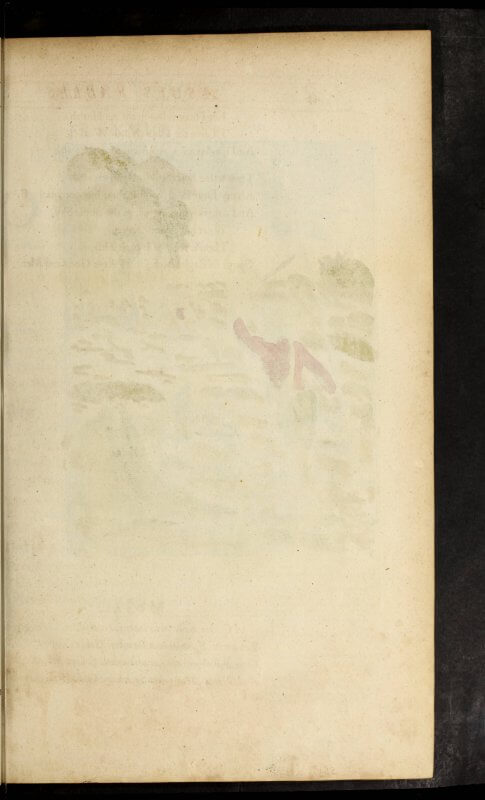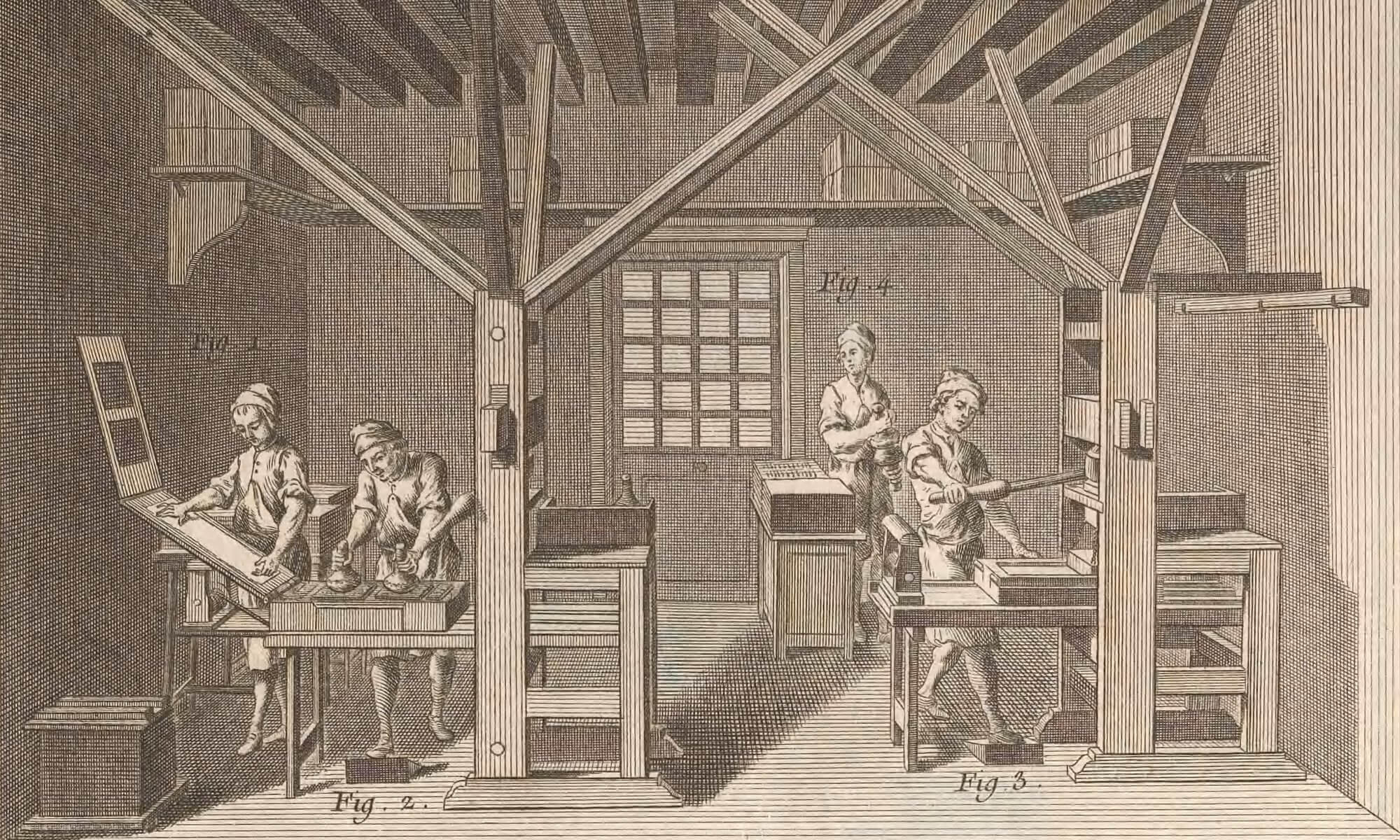Ames, Typographical antiquities, 1749 (4I4v)

Cato, Moral distichs, 1735 (A1v-A2r)

Donne, Juvenilia, 1633 (F1v, raking light)
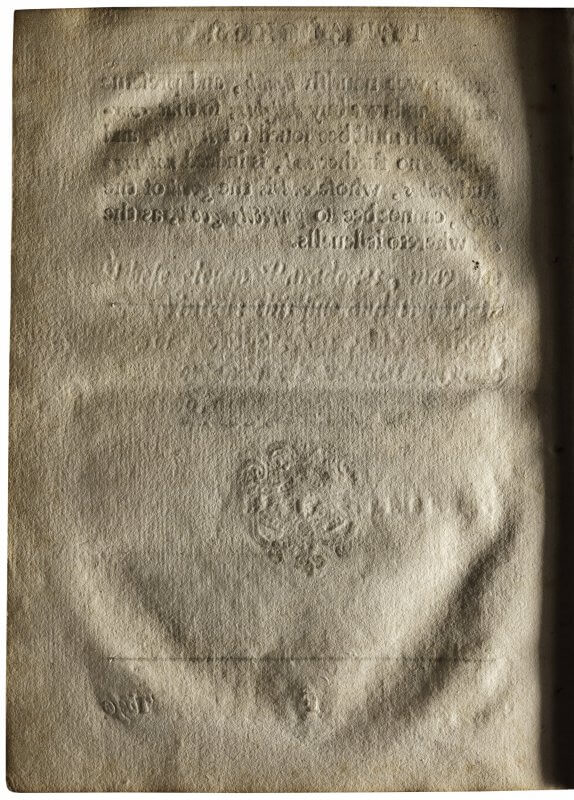
Donne, Juvenilia, 1633 (F1v)
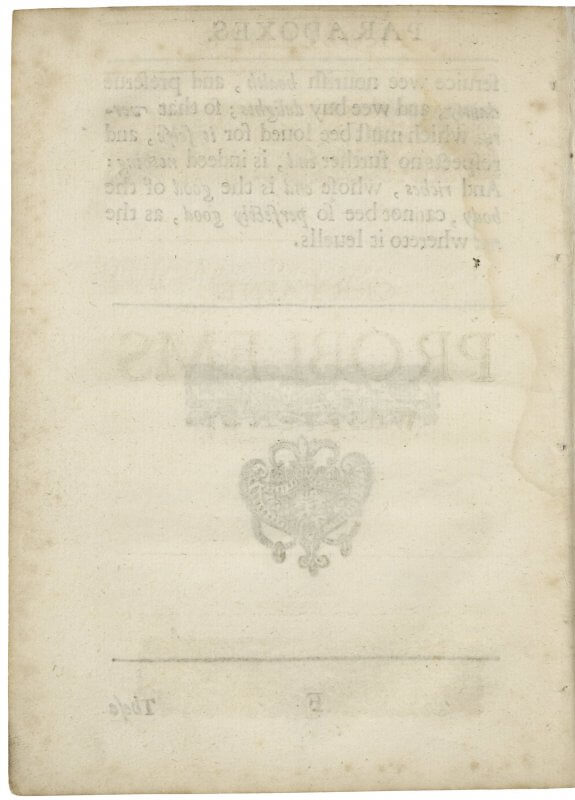
Gianicolo, Type specimen, 1529 (verso)
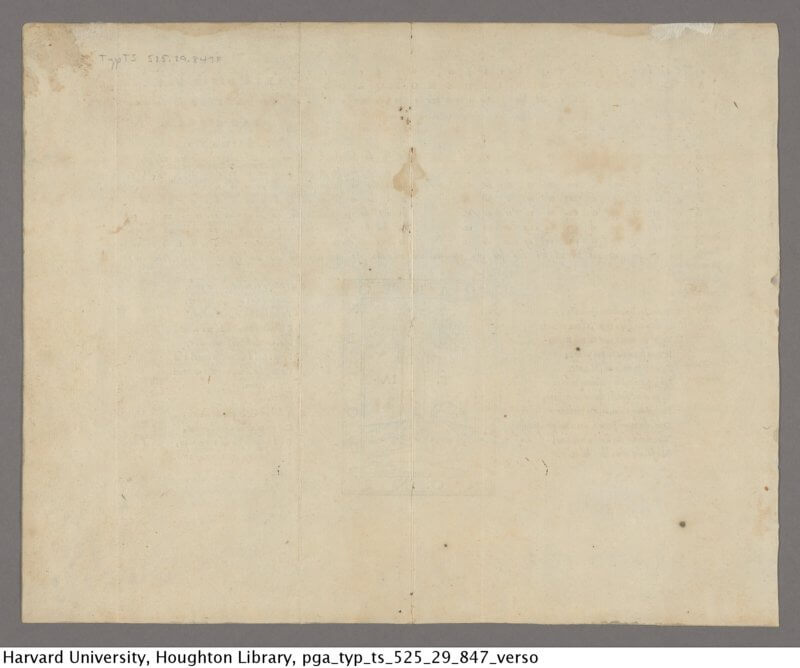
Indulgence, Augsburg, 1481 (verso)
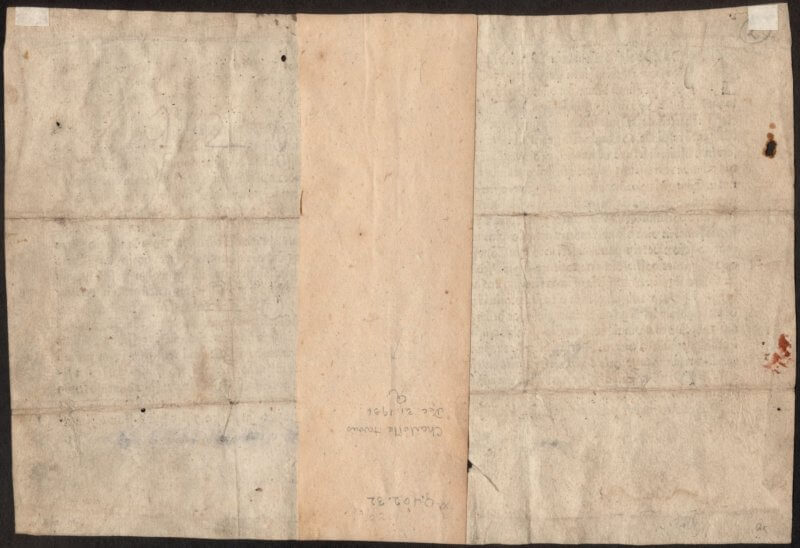
Keimer, Elegy, 1723 (1v)
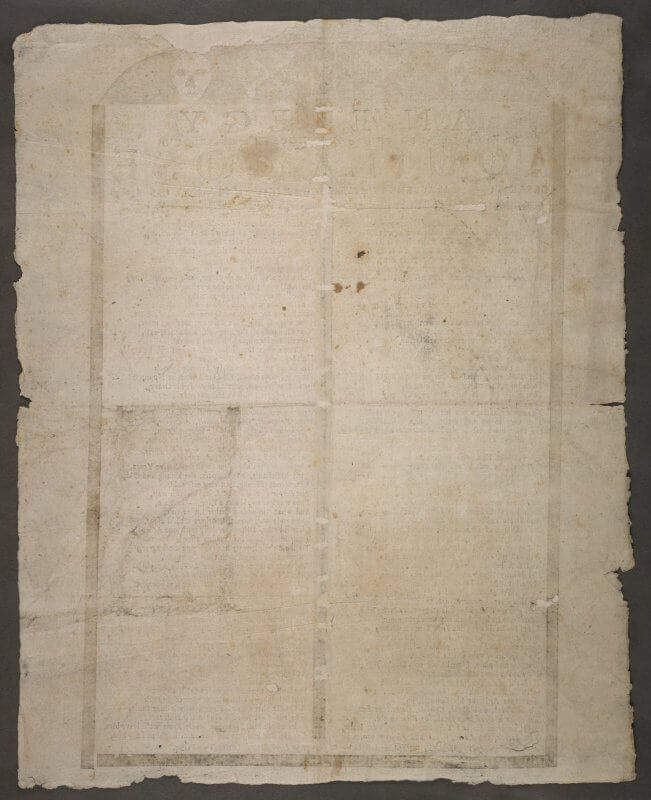
Nostradamus, An almanach, 1562 (fol. 1v)
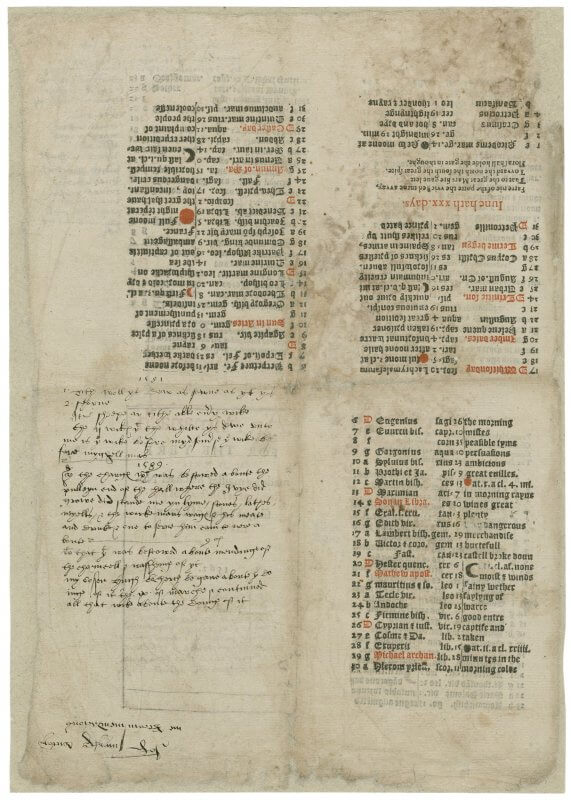
Ogilby, Aesop, 1668 (pg. 48)
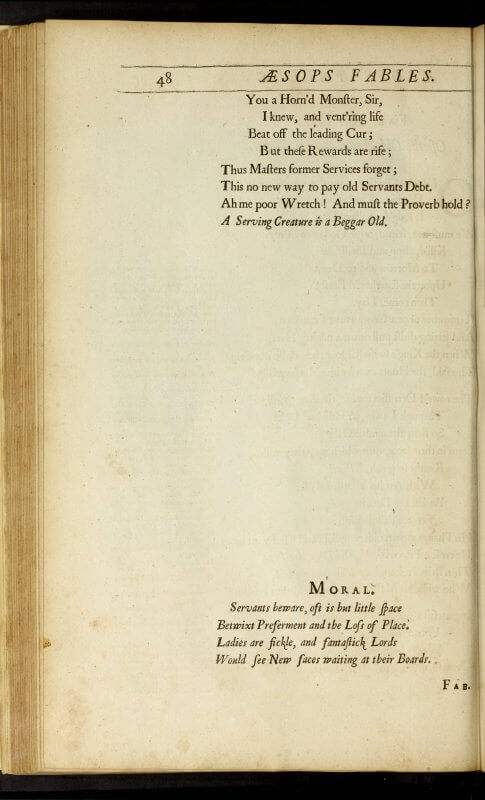
Ogilby, Aesop, 1668 (plate 18 verso)
